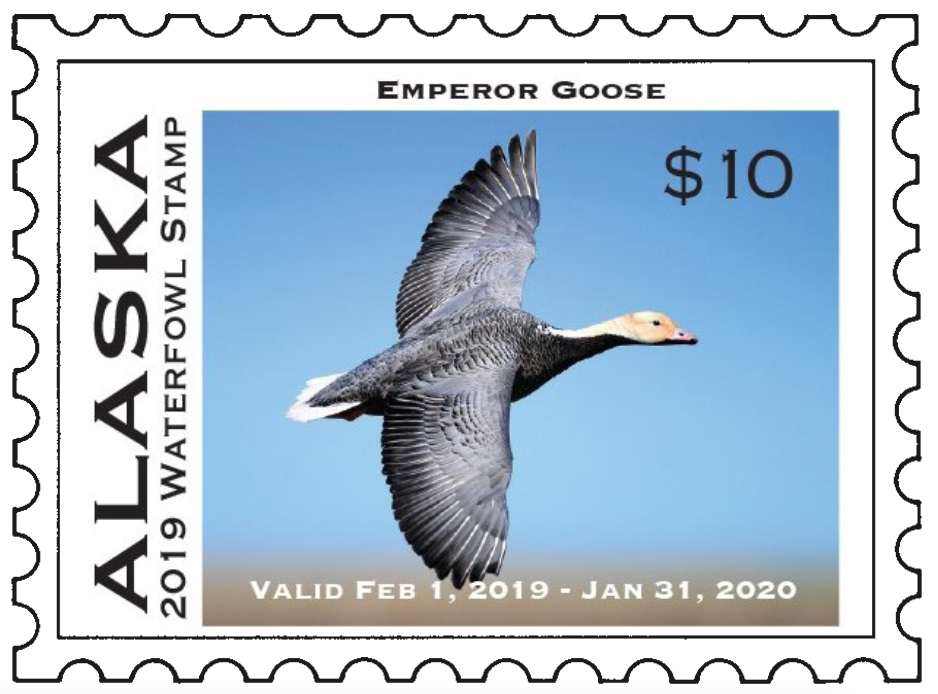BUT HUNTERS ARE GETTING OLDER, AND THAT’S A PROBLEM
Waterfowl hunting season in Alaska started a half hour before sunrise on Sunday, which meant some residents of the Oceanview neighborhood in Anchorage were awakened by shotgun fire coming from the Anchorage Coastal Wildlife Refuge, which is Anchorage’s urban waterfowl hunting grounds.
Down in Juneau, the the Mendenhall Wildlife Refuge opened for youth hunters age 16 and under, accompanied by an adult for the first two days of waterfowl hunting season.
Moose season also started in some places on Sept. 1.
Units 7 and 15 on the Kenai now require moose hunters to take a brief orientation class online before heading out in search of their freezer meat. This new requirement is comprised of a set of short videos and a 19-question quiz. It will soon be required statewide, but for Units 7 and 15, you’ll need to have your certificate on your person while hunting this season. Alaska Fish and Game want to be sure you can really count the tines on a moose’s head.
WHERE ARE ALL THE YOUNG PEOPLE?
These days, fewer and fewer youth are participating in hunting, according to a U.S. Fish and Wildlife Service survey that says while 14 percent of Americans age 16 and under have fished, only 4 percent have hunted.
On the other hand, we’re raising a nation of wildlife watchers: 34 percent of those 16 and under who were surveyed said they participated in watching wildlife. As expected, those living in metropolitan areas hunt the least, while those in rural America hunt the most.
The participation rate in hunting increases as people age, until they hit 65, and then it starts to decline.
In 2016, the breakdown in the ages of hunters was:
- 3 percent, ages 16 and 17.
- 4 percent, ages 18-44.
- 6 percent, ages 45-64.
- 4 percent, ages 65-75.
- 2 percent of 75 and over.
And therein lies the problem.
Baby boomers, who make up the largest cohort of hunters, are aging out of the sport. In a few years, many of them will no longer be actively buying permits and hunting, and the youngsters of America are not being raised to fill the duck blinds.
Hunting writers say that not only could the overall hunting ranks plunge by 30 percent, the money that hunters supply in the way of licenses and tags is a critical part of wildlife and game management. Those funds could dry up.
Hunters pay more than 83 percent of the game management in Alaska, with Pittman-Robertson funds coming from taxes on ammo and hunting licenses, and equipment for hunting. The money comes back to Alaska for game management. “Dingle-Johnson” is the angler tax, and that’s how Alaska pays for sport fishing management, access, trail improvement, disabled access and more. Those funds are the piggy banks — state dollars held in reserve by the federal government that Alaska Department of Fish and Game draws on.
In other words, without young people taking up the sport, hunting in America may be in a death spiral.
[Read more on this topic at Outdoor Life: Why we are losing hunters and how to fix it.]
Will hunting go the way of Bristol Bay salmon, an industry that is now been largely taken over by Washington State? If a new generation doesn’t step up and hunt, Alaska’s moose will still need to be harvested, and more out-of-state permits may be sold.
“Hunt with your kids, not for them,” says the Safari Club Educational Foundation. And that’s even more important than ever for Boomers, Generation X, and Millennials because of this fact: If Alaskans are not recruiting and retaining license holders, they won’t have anyone to proxy hunt — or fish — for them when they get old.

Hunting teaches young people gun safety, and respect for wildlife. Ironically, young people are not taking up hunting , as statistics reflect, but mass shooting incidents by young people are skyrocketing. What is happening to produce this?
First they gotta not be murdered in the womb, and second they have a father in the home to teach them hunting and fishing.
Many people lose interest in hunting when they try to read and understand the voluminous regs and rules put out by Fish and Game. They are scared by the potential of losing thousands of dollars in equipment and gear if they screw up in the field — the penalty can often far exceed the crime. Young people often don’t have the resources needed to hunt, especially in remote areas. These are contributing factors, but the social aspects are deeper and more arguable.
What is your source that the moose orientation quiz will soon be required statewide?